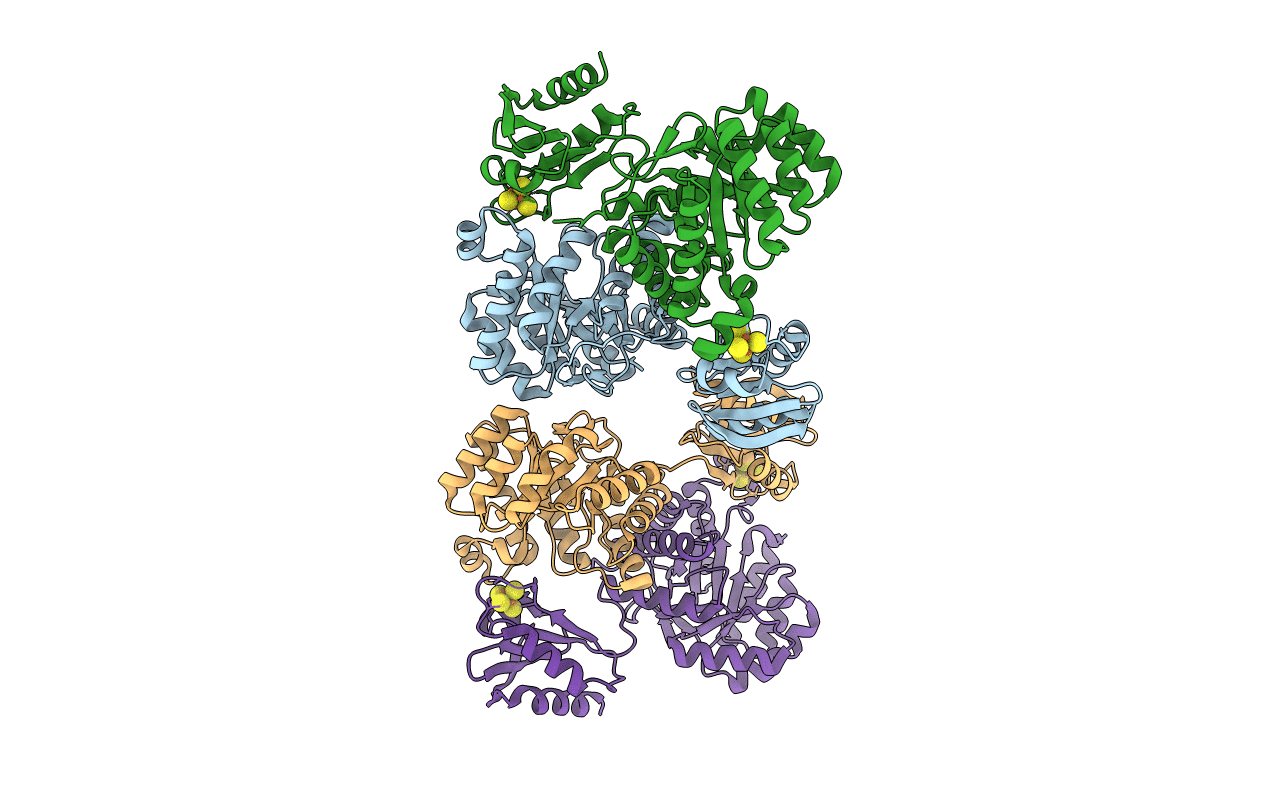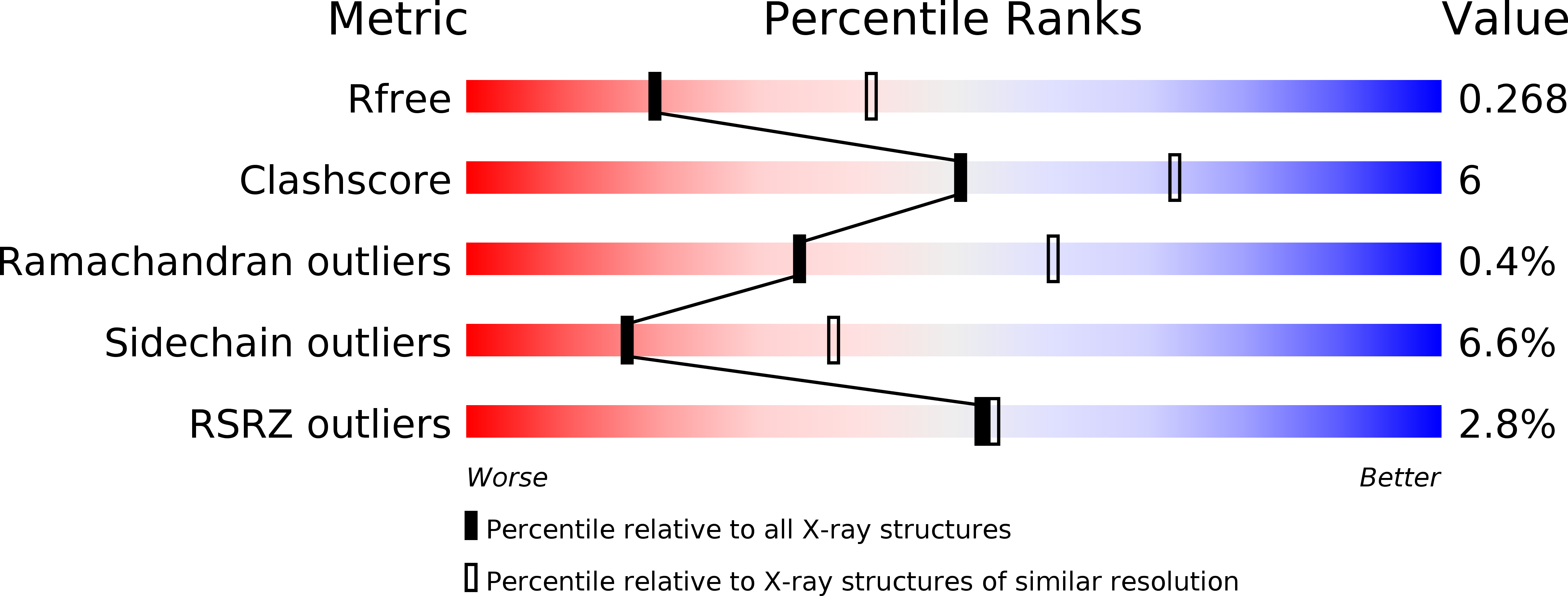
Deposition Date
2010-06-26
Release Date
2010-11-17
Last Version Date
2023-12-27
Method Details:
Experimental Method:
Resolution:
2.70 Å
R-Value Free:
0.26
R-Value Work:
0.22
R-Value Observed:
0.22
Space Group:
C 1 2 1


